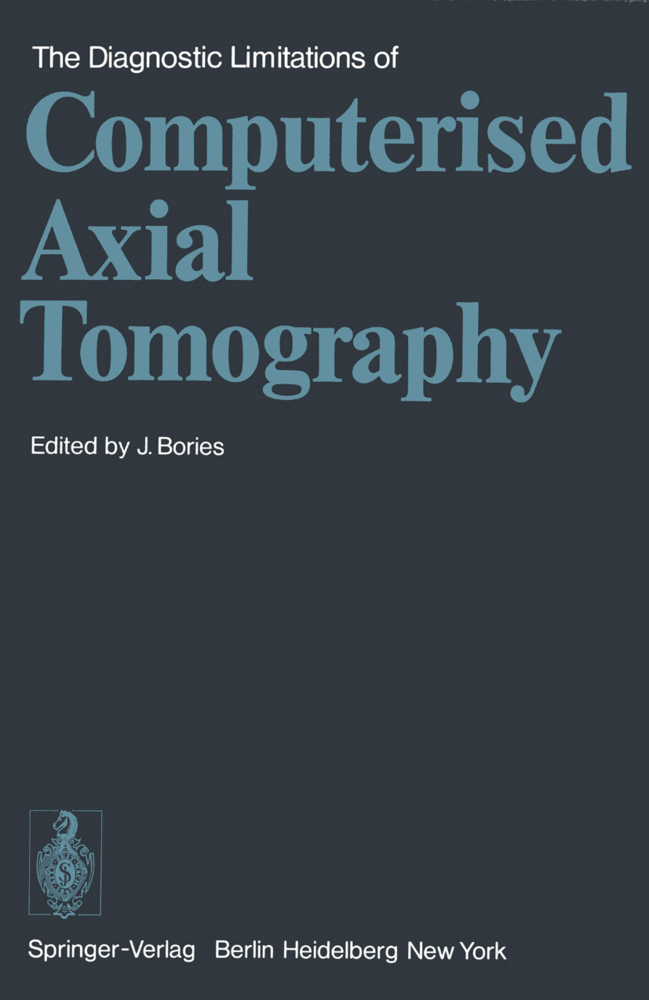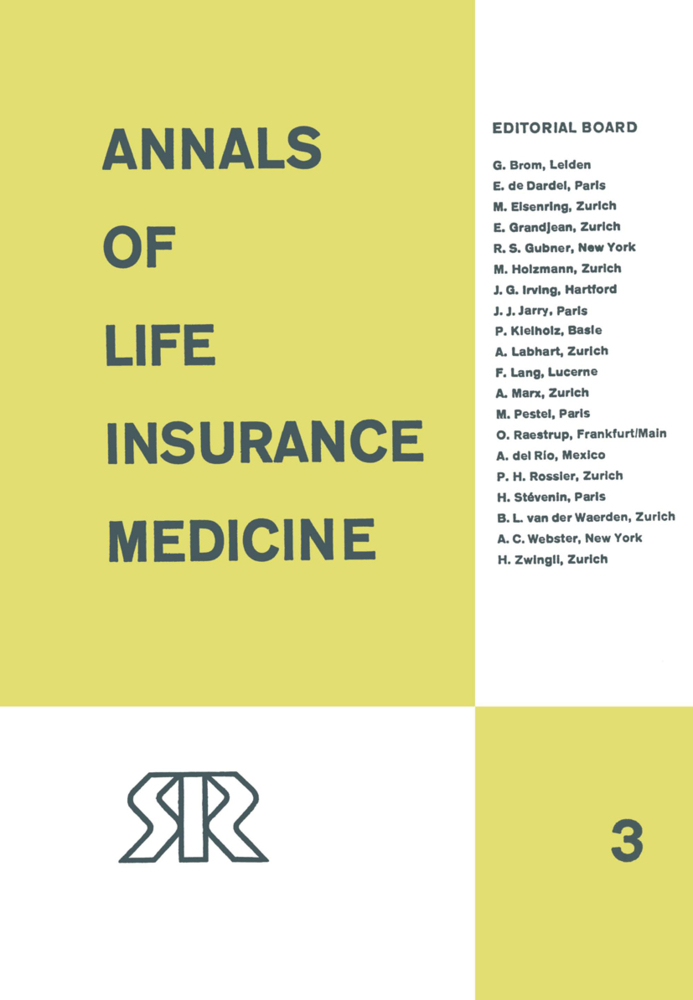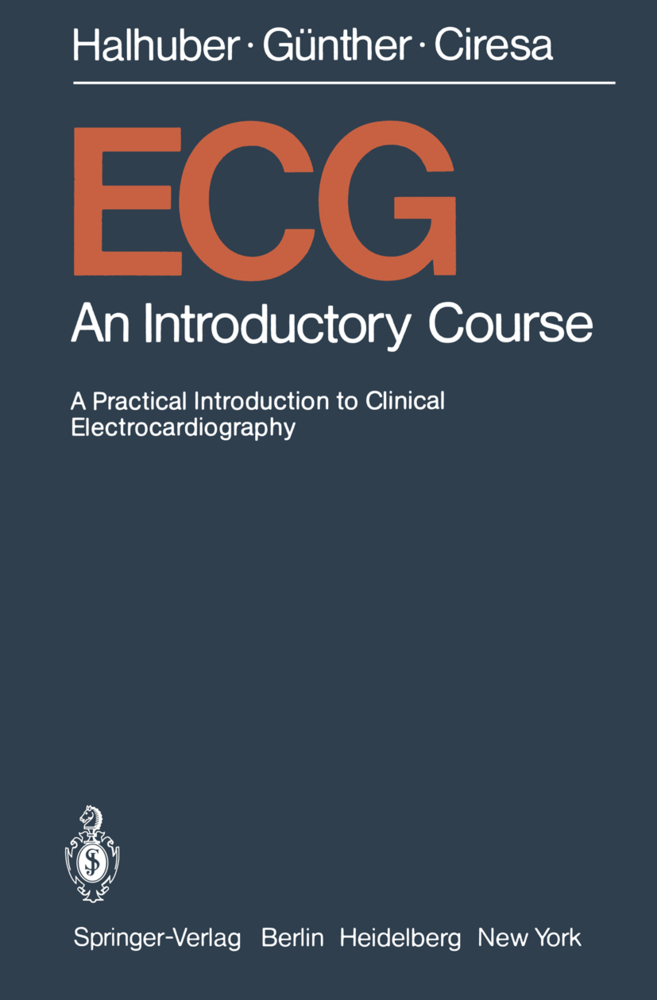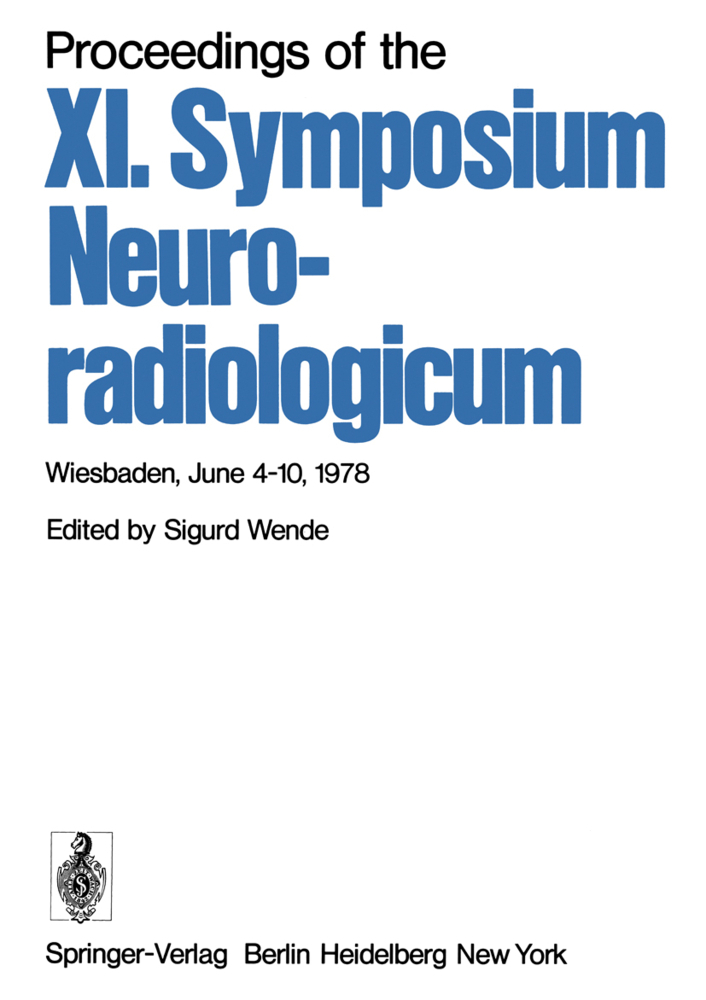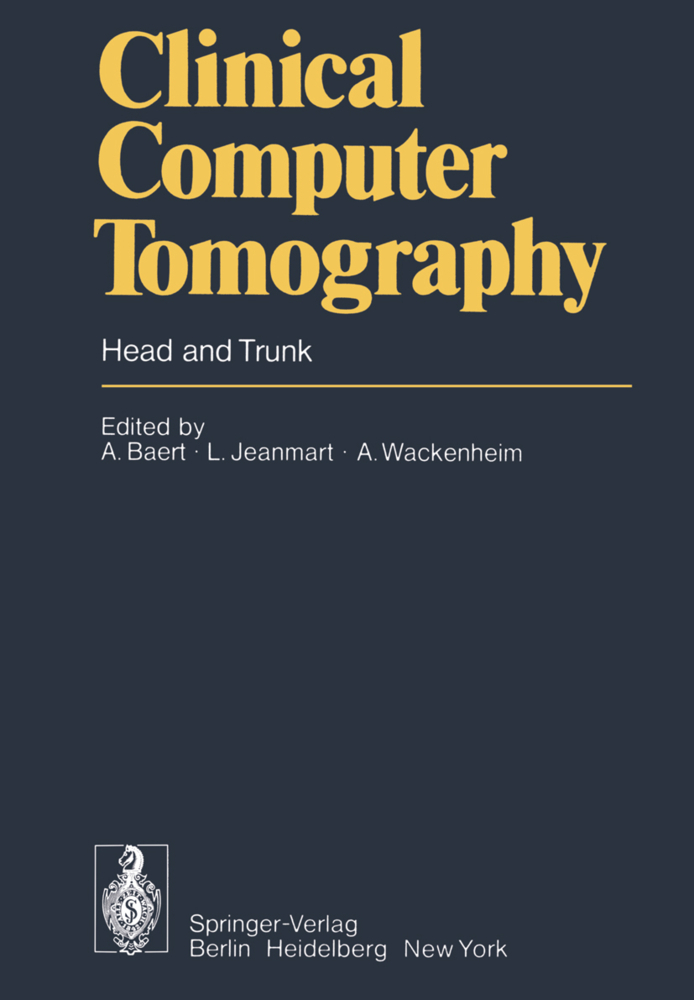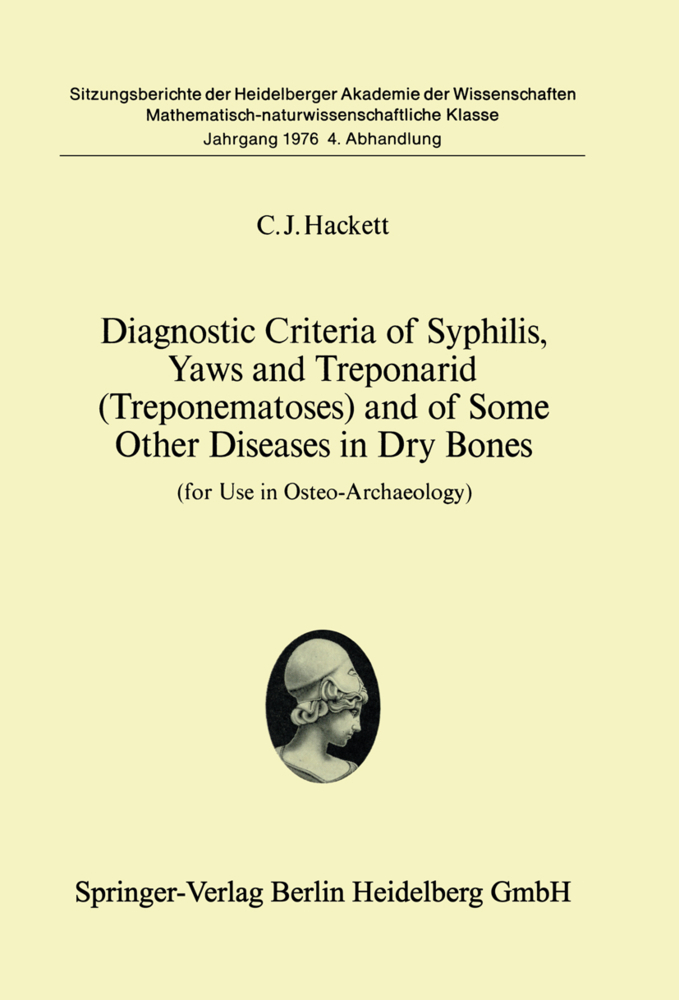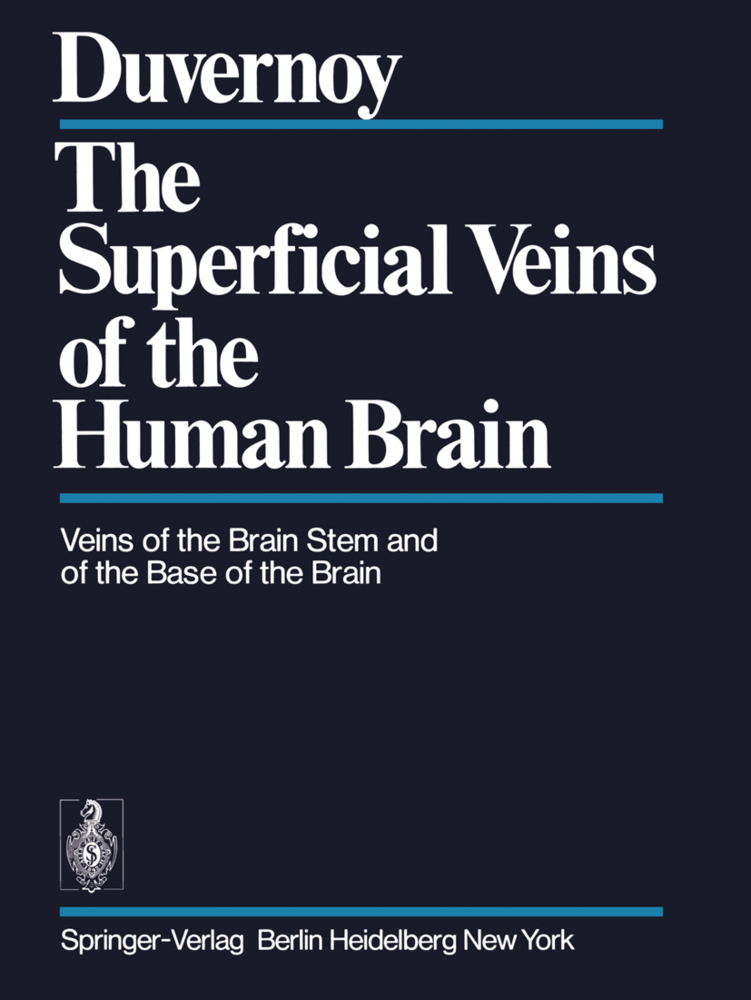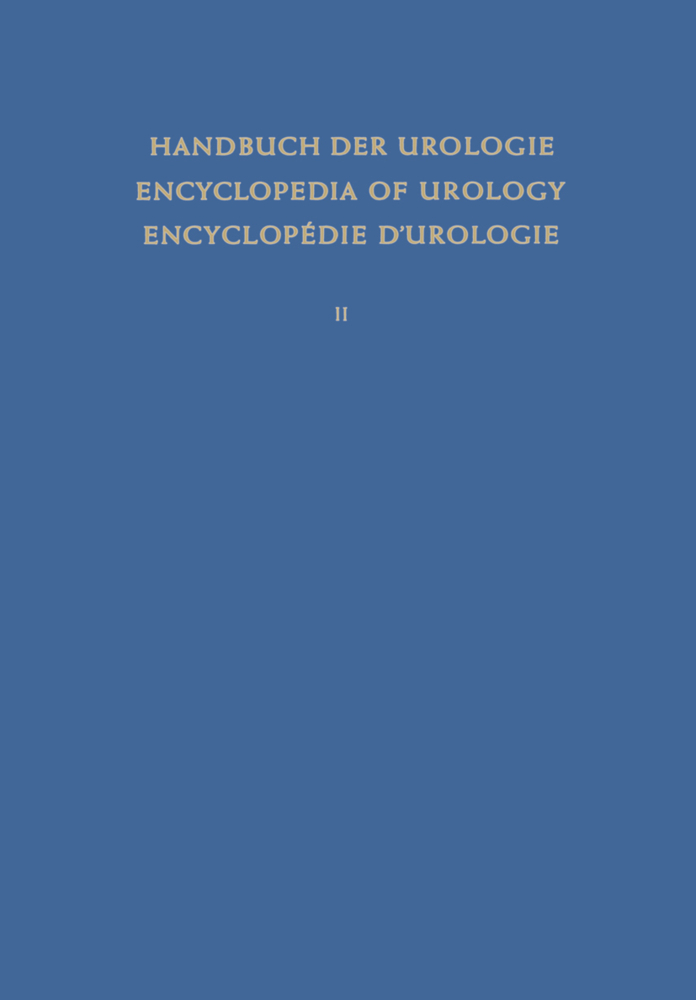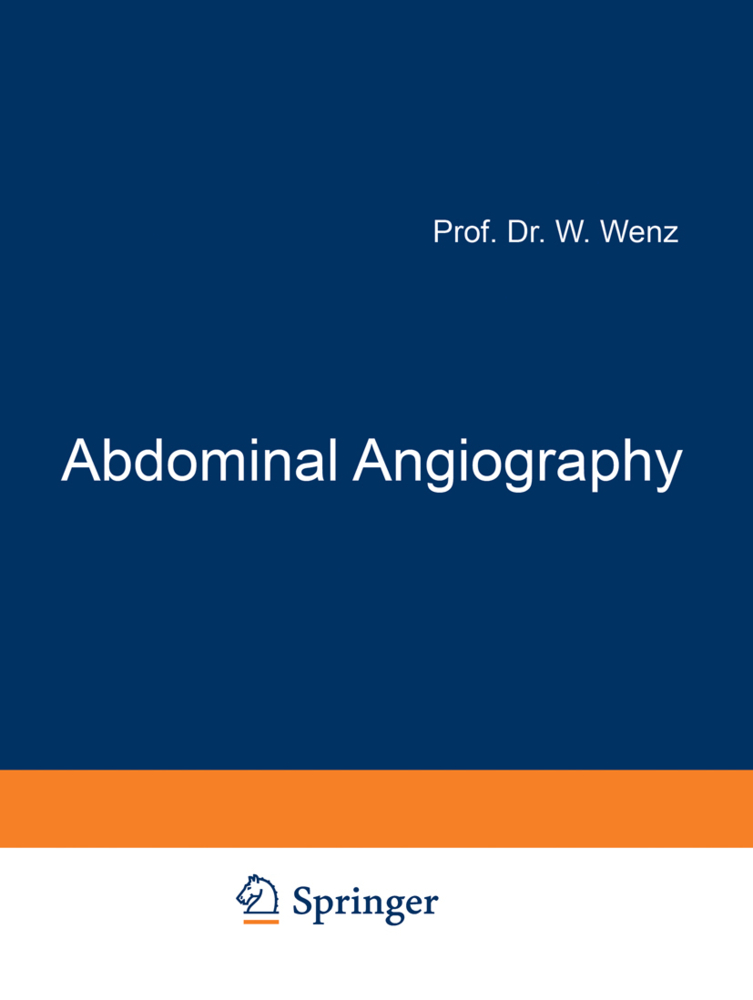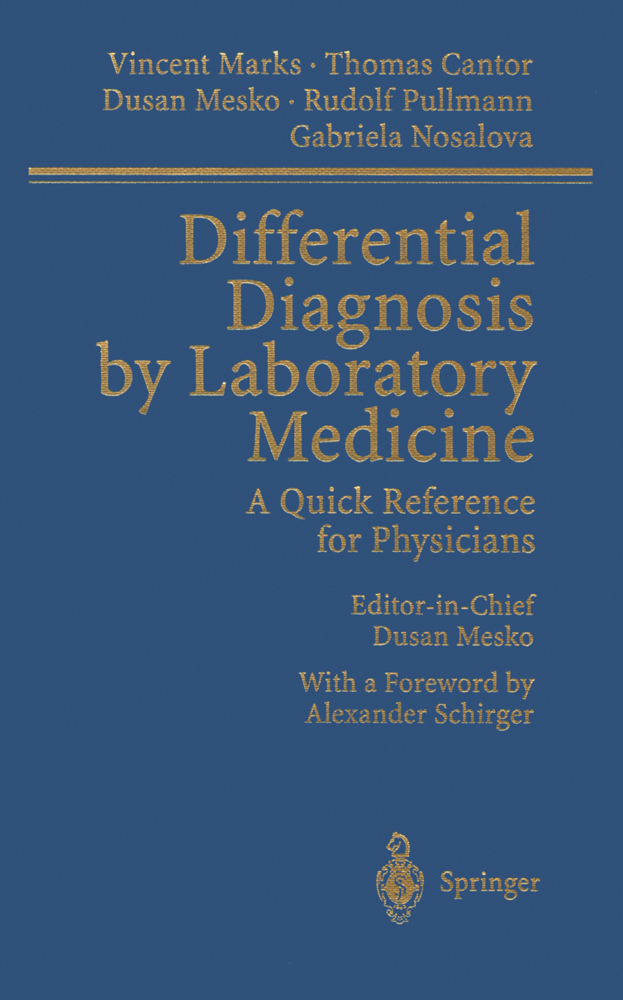The Diagnostic Limitations of Computerised Axial Tomography
The Diagnostic Limitations of Computerised Axial Tomography
Since its presentation by G.N. Hounsfield at the second Congress of the European Association of Radiology in Amsterdam in June 1971, "Computerised Trans verse Axial Tomography" which became later on "Computerised Axial Tomography (CAT)" then simply "Computed Tomography (CT)" has developed extremely rapidly. Many papers have appeared in a short time, pointed out the substantial advantages of this new technique and precisely describing the characteristic images obtained. The number of devices is already considerable and their evolution tends towards the improvement of the quality of images and the shortening of exploration time. It is not an exaggeration to say that there is no longer any Neuroradiology without computed tomography. Does that mean that this new technique is infallible and that classical neuroradiological techniques are due to disappear in the near future? Experience shows that if certain techniques, such as gas encephalography, 'are less frequently employed since CT, others, such as cerebral angiography, are still commonly required.
2. Diagnostic Efficacy and Limitations of Computer Tomography in Posterior Fossa Lesions
3. An Attempt at Improvement of Tissue Diagnosis in Brain Tumours by the Study of Densities at CAT
4. The Limitations of Computerised Axial Tomography in the Detection and Differential Diagnosis of Intracranial Tumours. A Study Based on 1304 Neoplasms
II The Diagnostic Limitations of Computerised Tomography in the Diagnosis of Diseases of the Orbital Region and of the Skull Base and Face
5. Diagnostic Limitations of Computerised Tomographic Examination of the Orbit
6. CT Diagnosis of Diseases in the Orbital Region
7. The Limitations of Computerised Tomography in the Study of Tumours of the Skull Base and Face
8. CT Study of Lesions Near the Skull Base
9. The Use and Limitations of CT Scanning in the Study of the Perichiasmatic Region
III The Diagnostic Limitations of Computerised Tomography in the Diagnosis of Cerebral Infarcts of Cerebral Oedema and of Subdural Haematomas
10. Pitfalls in the Diagnosis of Ischaemic Cerebral Infarcts by Computed Tomography
11. Computerised Axial Tomography for Diagnosis and Follow up Studies of Cerebral Infarcts and the Development of Brain Oedema. The Effects of Dexamethasone and Furosemide on Perifocal Brain Oedema in Patients With Brain Tumours
12. Evolution of Post-Infective and Post-Haemorrhagic Hydrocephalus Determined by Computerised Tomography
13. CT Study of Head Trauma. Analysis of the Print out
14. CT Findings in Chronic Subdural Haematomas
15. Computer Assisted Tomography in the Diagnosis of Subdural Haematomas
IV Computerised Tomography and Other Neuroradiological Techniques
16. CT and Encephalography
17. Computed Tomographic Cisternography: Reduction of Diagnostic Limitations in Computed Tomography Through Intrathecal Enhancement
18. Tomodensitometry, Angiography and Stereotaxis; the Role of the Spatial View in Neuroradiology
19. Comparison Between Multidirectional Tomography and CT Scanner
V How Accurate is Computerised Tomography? Futur Prospects
20. Critical Study of the Errors in Brain Tomodensitometry
21. Tomodensitometry Under Stereotaxic Conditions
22. The Application of Receiver Operating Characteristic Curve Data in the Evaluation of Hard Copy and an Interactive Display From an EMI Scanner
23. Newer Developments in Computed Tomography
24. First experience With a Body Scanner in Neuroradiology
Index of Figures.
I The Diagnostic Limitations of Computerised Tomography in Cerebral Tumours
1. The Diagnostic Limitations of Computerised Axial Tomography in Hemispheric Tumours2. Diagnostic Efficacy and Limitations of Computer Tomography in Posterior Fossa Lesions
3. An Attempt at Improvement of Tissue Diagnosis in Brain Tumours by the Study of Densities at CAT
4. The Limitations of Computerised Axial Tomography in the Detection and Differential Diagnosis of Intracranial Tumours. A Study Based on 1304 Neoplasms
II The Diagnostic Limitations of Computerised Tomography in the Diagnosis of Diseases of the Orbital Region and of the Skull Base and Face
5. Diagnostic Limitations of Computerised Tomographic Examination of the Orbit
6. CT Diagnosis of Diseases in the Orbital Region
7. The Limitations of Computerised Tomography in the Study of Tumours of the Skull Base and Face
8. CT Study of Lesions Near the Skull Base
9. The Use and Limitations of CT Scanning in the Study of the Perichiasmatic Region
III The Diagnostic Limitations of Computerised Tomography in the Diagnosis of Cerebral Infarcts of Cerebral Oedema and of Subdural Haematomas
10. Pitfalls in the Diagnosis of Ischaemic Cerebral Infarcts by Computed Tomography
11. Computerised Axial Tomography for Diagnosis and Follow up Studies of Cerebral Infarcts and the Development of Brain Oedema. The Effects of Dexamethasone and Furosemide on Perifocal Brain Oedema in Patients With Brain Tumours
12. Evolution of Post-Infective and Post-Haemorrhagic Hydrocephalus Determined by Computerised Tomography
13. CT Study of Head Trauma. Analysis of the Print out
14. CT Findings in Chronic Subdural Haematomas
15. Computer Assisted Tomography in the Diagnosis of Subdural Haematomas
IV Computerised Tomography and Other Neuroradiological Techniques
16. CT and Encephalography
17. Computed Tomographic Cisternography: Reduction of Diagnostic Limitations in Computed Tomography Through Intrathecal Enhancement
18. Tomodensitometry, Angiography and Stereotaxis; the Role of the Spatial View in Neuroradiology
19. Comparison Between Multidirectional Tomography and CT Scanner
V How Accurate is Computerised Tomography? Futur Prospects
20. Critical Study of the Errors in Brain Tomodensitometry
21. Tomodensitometry Under Stereotaxic Conditions
22. The Application of Receiver Operating Characteristic Curve Data in the Evaluation of Hard Copy and an Interactive Display From an EMI Scanner
23. Newer Developments in Computed Tomography
24. First experience With a Body Scanner in Neuroradiology
Index of Figures.
Bories, J.
| ISBN | 978-3-540-08593-5 |
|---|---|
| Artikelnummer | 9783540085935 |
| Medientyp | Buch |
| Copyrightjahr | 1978 |
| Verlag | Springer, Berlin |
| Umfang | XI, 220 Seiten |
| Abbildungen | XI, 220 p. 136 illus. |
| Sprache | Englisch |

